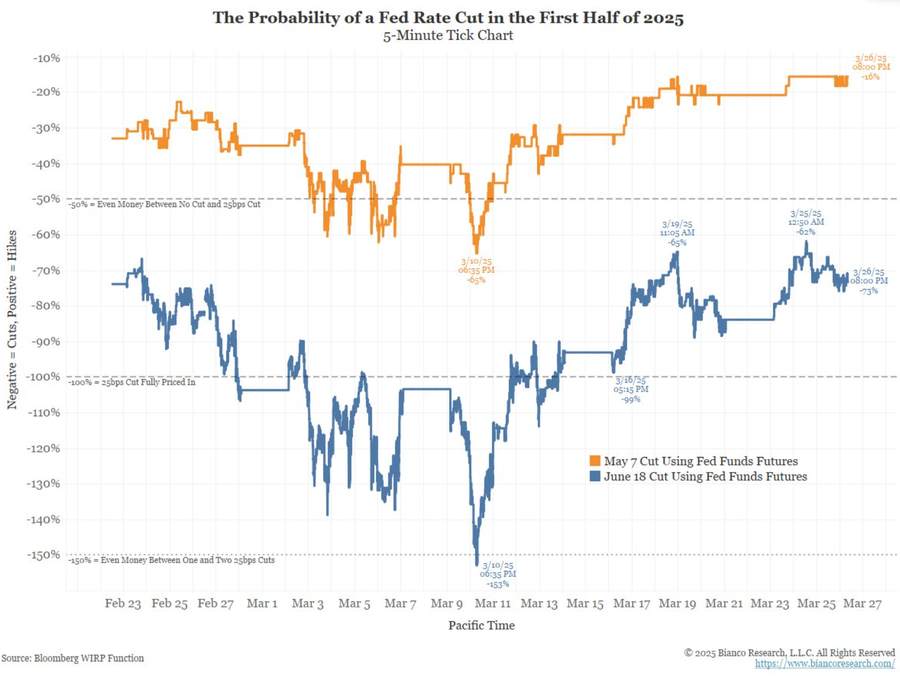The Tax Cuts and Jobs Act (TCJA) of 2017 was a watershed moment in U.S. tax policy, fundamentally altering the landscape of corporate taxation and economic strategy. As Congress gears up for the looming 2025 tax battle, many of the TCJA’s provisions are set to expire, sparking renewed debate among lawmakers and voters alike. Central to this discussion is the impact on corporate tax rates, an area scrutinized by economists such as Gabriel Chodorow-Reich. His recent analysis revealed insights into the effectiveness of these tax cuts, raising critical questions about their long-term benefits and sustainability. With contrasting views on whether to adjust corporate tax rates further, the upcoming congressional debates could revitalize discussions around corporate tax reform and the broader implications for the economy.
In 2017, a significant overhaul of the taxation system known as the TCJA reshaped the approach to corporate earnings and investment incentives. As key elements of this extensive legislation are set to sunset in 2025, the stage is set for another round of contentious debate in Congress. Economists, like Gabriel Chodorow-Reich, are dissecting the effectiveness of these tax reforms and their impact on wage growth and investment levels. With discussions around raising corporate tax rates versus maintaining cuts at the forefront of the upcoming fiscal discussions, it is crucial to understand the nuances of this tax landscape. The future of corporate taxation, including the arduous decisions surrounding fiscal policies, will undoubtedly influence both economic growth and taxpayer sentiment in the years to come.
Understanding the Tax Cuts and Jobs Act (TCJA)
The Tax Cuts and Jobs Act (TCJA), enacted in December 2017, represented a landmark shift in U.S. tax policy, particularly concerning corporate tax rates. By significantly lowering the corporate tax rate from 35 percent to 21 percent, the TCJA aimed to enhance competitiveness against other industrialized nations. This reform was deemed necessary as the U.S. corporate tax regime had not been fundamentally overhauled in over three decades. It sought to stimulate economic growth by incentivizing companies to invest more domestically, thereby potentially increasing job creation and wage growth across various sectors.
However, this introduction of lower corporate tax rates has sparked considerable debate among economists and policymakers. Proponents argue that the TCJA would pay for itself through increased investment and business expansion, while critics point to the substantial reduction in federal tax revenue—estimated to diminish by $100 billion to $150 billion annually. The mixed outcomes of the TCJA continue to influence discussions as key provisions are set to expire by the end of 2025, prompting new political battle lines to emerge.
Frequently Asked Questions
What are the key provisions of the Tax Cuts and Jobs Act (TCJA)?
The Tax Cuts and Jobs Act (TCJA) introduced significant changes, including a reduction of the corporate tax rate from 35% to 21%, and allowed companies to immediately write off the cost of new capital investments. These provisions were aimed at stimulating business investment and economic growth.
How did corporate tax rates change under the TCJA?
The TCJA permanently reduced the corporate statutory tax rate from 35% to 21%, marking a major reform aimed at increasing the competitiveness of U.S. corporations on a global scale. This reduction was projected to decrease federal corporate tax revenue by $100 billion to $150 billion annually over the next decade.
What impact did the TCJA have on corporate investments?
Research, including a study by economist Gabriel Chodorow-Reich, indicates that corporate investments increased by approximately 11% following the enactment of the TCJA. The law’s provisions for full expensing of capital investments were particularly effective in driving this growth.
What is the significance of the 2025 tax battle regarding the TCJA?
As key provisions of the TCJA, including cuts to corporate taxes and the expanded Child Tax Credit, are set to expire in 2025, Congress faces important decisions. This has sparked a tax battle, with debates intensifying around whether to extend these provisions or pursue higher corporate tax rates to fund other initiatives.
How have corporate tax revenues changed since the TCJA was implemented?
Following the implementation of the TCJA, corporate tax revenues initially dropped by about 40%. However, revenues rebounded starting in 2020 and even soared higher than expected due to unexpected increases in business profits, which have prompted further research to understand these dynamics.
What does Gabriel Chodorow-Reich’s analysis reveal about the TCJA?
Gabriel Chodorow-Reich’s recent analysis in the Journal of Economic Perspectives evaluated the TCJA and found that while corporate tax cuts did lead to some growth in business investments and modest wage increases, the significant loss in federal tax revenue was not offset. His work aims to challenge partisan narratives regarding the effectiveness of the TCJA.
Did the TCJA fulfill its promises regarding wage increases?
While proponents of the TCJA suggested it could lead to substantial wage increases, economist analyses indicate that the actual increase was closer to $750 per year per employee, significantly lower than the Council of Economic Advisers’ original predictions of $4,000 to $9,000.
| Key Point | Description |
|---|---|
| Introduction of TCJA | The Tax Cuts and Jobs Act (TCJA) was enacted in December 2017, reducing the corporate tax rate from 35% to 21%. |
| Effect on Corporate Tax Revenue | Corporate tax revenue saw an initial drop of 40% post-TCJA but began to recover starting in 2020. |
| Impact on Wages and Investments | While modest increases in business investments (about 11%) occurred, wage growth was significantly less than projected, estimating closer to $750 per year. |
| Debate and Political Perspectives | The TCJA has led to partisan debates regarding tax rates, with calls for either raising corporate rates or further cuts depending on political affiliation. |
| Conclusion on Reforms | The current analyses suggest a reevaluation of corporate tax strategy, advocating for a potential raise in rates paired with expensing provisions. |
Summary
The Tax Cuts and Jobs Act has become a focal point in economic discussions as Congress approaches a new tax battle in 2025. With key provisions expiring, the impacts of the 2017 law continue to be analyzed, highlighting the complex relationship between corporate tax rates, business investments, and wage growth. As political debates stir around the future of corporate taxation, it is essential to base decisions on data-driven insights rather than partisan narratives.



